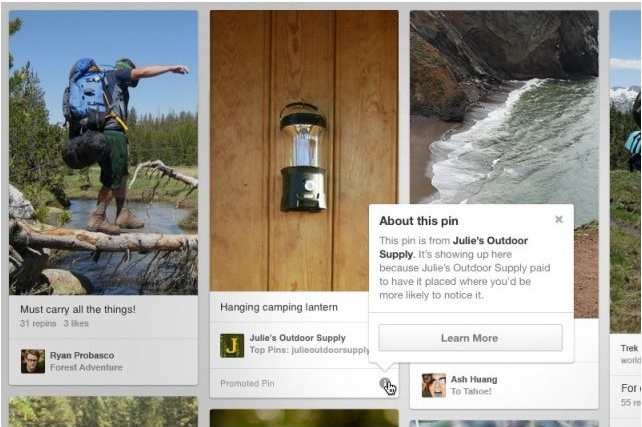
A lot of exciting things have been happening in the world of social media marketing lately. Last month, Pinterest (finally) introduced promoted pins as a way for advertisers to reach select users on one of today’s leading B2C platforms. Wedding favor experts and home décor specialists rejoice, especially with this temporarily free opportunity.
Facebook had big news to share this month, announcing a new version of the Facebook Exchange called “website and mobile app custom audiences.” With this tool, advertisers can continue to capture online shoppers who nearly made a purchase but opted out. Like FBX, highly targeted ads will appear in shoppers’ Facebook news feeds, urging them to fulfill the abandoned transaction. A few added features included in Facebook’s custom audiences just might set it apart from its predecessor: mobile compatibility and additional audience categories such as gender, age, and marital status.
There are a few limitations, though. Unlike FBX, custom audiences does not allow for updates to the ad creative once it’s uploaded to Facebook. And without the advanced algorithms built into FBX, custom audiences users cannot utilize “predictive buying.”
Thanks to a big (and somewhat controversial) change on Twitter, users can now send direct messages (DMs) to accounts that they follow but that have not followed them back. Limiting DMs to mutual followers helped Twitter prevent spammers from inundating users’ inboxes on a daily basis. Not to worry, though — allowing DMs from non-followers is an option under settings, and it’s not a default. If you’re ready to test this new feature, go ahead and check that box and let us know what you think.
A second new feature from Twitter directly targets advertisers (many believe the new lax DM rules are to get on advertisers’ good sides in time for the IPO) as it is only available to accounts using Twitter ads. These accounts can now schedule tweets, both promoted and organic, up to a year in advance. For social media marketers using promoted tweets, this news will likely elicit a sigh of relief as manually entering and promoting content can be time consuming, particularly with an aggressive campaign.
Adweek reminds us, however, that scheduling updates as far as a year in advance probably should not be the norm. Some of the most infamous social media faux pas have occurred thanks to pre-scheduled (and forgotten) tweets. Be mindful of your message, or better yet, let us help you manage your brand online.